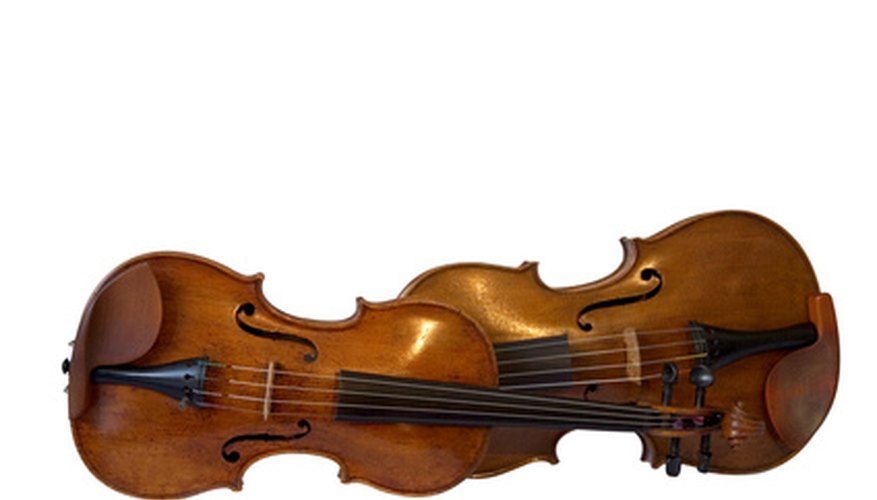When there are too many violins and not enough violas in your ensemble and you are the extra violinist in question, you may be called upon to play the violist's part. Many orchestral compositions include third-violin pieces that are written in alto, which is the viola's tone. In the occasional instance where there's no third-violin sheet, you may have to read and play the viola's music. One easy solution would be to learn alto clef, but it takes time and dedication to play at a performance level.
- When there are too many violins and not enough violas in your ensemble and you are the extra violinist in question, you may be called upon to play the violist's part.
- In the occasional instance where there's no third-violin sheet, you may have to read and play the viola's music.
Select the viola piece you want to transpose to violin. Select a beginner- to intermediate-level composition to start with.
Learn to read in alto clef. Consider the range difference between the two instruments; for instance, the viola can go down to a low C-note, which is a fifth lower than a violin can go (low G).
Draw a treble clef, copy the music's speed on the beginning of the blank sheet and retain the original key. Take the first note on the viola sheet and bring it down seven spaces, one short of an octave. Write the transposed note on the blank sheet.
Continue transposing each viola note, using the previous formula. Go up an octave on your treble blank sheet whenever you read the viola's low C, D, E, and F notes.
TIP
Sibelius (www.sibelius.com) and Finale (www.finalemusic.com) are two popular notation software programs that can immediately transpose viola music to violin. These programs allow you to hear both parts so that you can adjust your notes accordingly.
